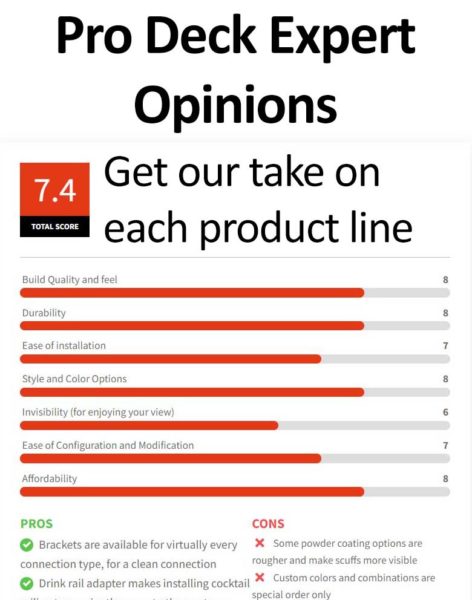Since the invention of alternative decking and the desire for higher end decks, joist tape has become more common as a simple method of “protecting your investment”.
Joist tape is used on decks is to protect the top of each joist on both new-growth wood framing, and existing framing where only the decking is being replaced.
Old-Growth vs. New-Growth Wood
“Old-growth wood” is lumber that has been harvested from an area where trees grew more closely together in unforested areas. Because the trees got less sunlight, they grew more slowly, and each year’s growth rings were tighter and denser. New-growth wood has been harvested from areas where tree cutting was spread out more, and left more sunlight for each tree, resulting in faster growth and a less dense grain structure.
On decks where old-growth wood was used, the framing generally lasted longer because less water has been absorbed, causing less rot and breakdown. New wood that is lighter would allow for more water absorption is more likely to break down sooner.
Why Use Joist Tape On Old-Growth Wood?
On any deck project that’s being re-decked, it’s likely that there will be screw and nail holes on the tops of the joists from where deck screws have been removed. Even though old-growth wood is tougher than the new wood on the market, water will tend to soak into the holes and through the wood more easily than if it was new lumber. Adding joist tape protects the top surface and keeps water and rot out of the top of the joist, where water and organic debris tends to sit and soak the wood in moisture.
New-Growth Wood
Most, if not all lumber available today is going to come from areas that have been forested for years, where all the lumber is “new-growth” and less dense. When building deck frames with this lumber, builders often use joist tape on new wood to protect the top of the joist. The sides and bottom of each joist is less crucial to protect, because moisture tends to run off and doesn’t have time to penetrate the wood.
Why Use Joist Tape On New-Growth Wood?
Because decking nowadays can last anywhere from 15-50+ years, keeping the joists from rotting is especially important, because it’s likely that the decking will outlast the framing. Getting your money’s worth out of your decking only works if your framing is built well and protected as much as possible from the elements. Replacing only the framing with the hopes that you can reuse your composite decking is not easy to do, since putting the decking and railing back on in good condition is nearly impossible.
How Does It Work?
Joist tape is laid down across the entire length of the joists, beam, and any blocking, and decking is laid and fastened over the top of the tape and framing. When water falls between the decking gaps, it runs off and down the sides of the joists, rather than sitting on the top of the joist surface and soaking in and potentially rotting the wood. When a thicker tape is used, any water that tries to run between the decking and the tape is kept out of the screw holes by the thick tape that has sealed around the screw, and squished into all the gaps and air spaces. Instead of getting into that screw hole and running deeper into the body of the joist, it runs off the top of the joist and either evaporates or drips off the bottom of the deck frame.
Being that joist tape only costs 15-30 cents per square foot (a small percentage of your overall deck cost), it’s probably a small percentage of the investment on your deck. The point of low-maintenance decking is to give your deck the longest life possible, but it will only hold up as long as the framing it’s attached to.
Joist Tape brands available at Pro Deck Supply:






